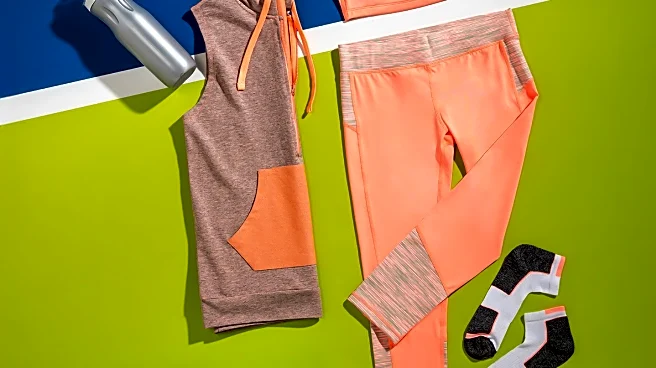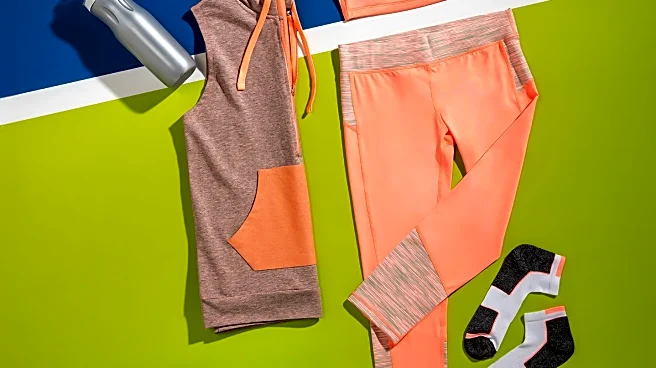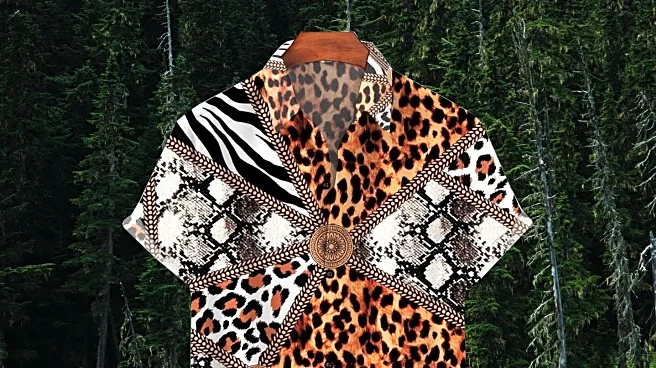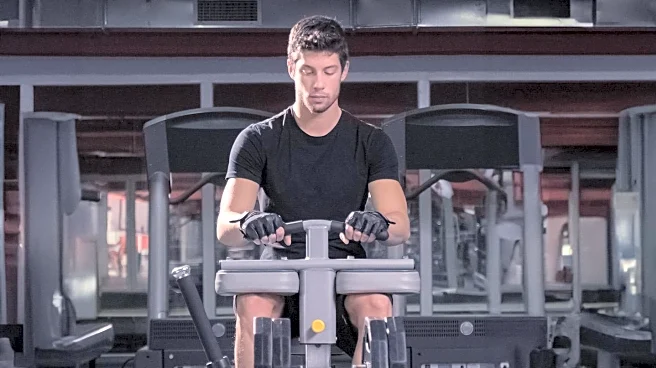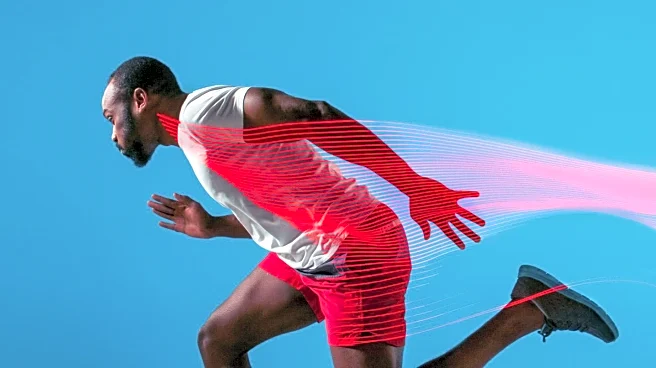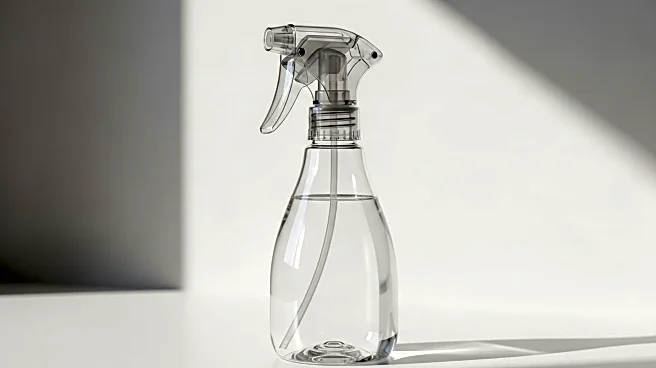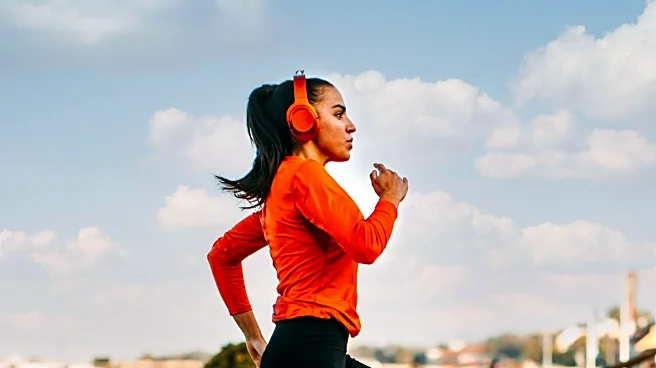What's Happening?
Moisture-wicking fabrics are designed to pull sweat away from the skin and spread it across the outer surface of the fabric, allowing it to evaporate quickly. This technology is crucial for workout clothing, as it helps keep individuals dry and comfortable during exercise. According to experts, synthetic fibers like polyester, nylon, and polypropylene are highly effective at moisture-wicking, while natural fibers like Merino wool also perform well. However, fabrics such as cotton, rayon, and silk are less effective, as they absorb moisture and dry slowly. The importance of moisture-wicking fabrics lies in their ability to enhance performance by regulating body temperature and reducing chafing and odor.
Why It's Important?
Moisture-wicking fabrics play a significant role in athletic performance and comfort. By efficiently managing sweat, these fabrics help athletes maintain optimal body temperature, which can improve endurance and overall performance. Additionally, moisture-wicking materials prevent clothes from clinging to the body, reducing discomfort and potential skin irritation. This technology is particularly beneficial in warm conditions, where excess heat can hinder physical activity. As the demand for high-performance athletic wear grows, understanding the properties of moisture-wicking fabrics becomes essential for consumers seeking effective workout gear.
What's Next?
As the market for athletic wear continues to expand, manufacturers may focus on developing new moisture-wicking technologies and materials to enhance performance and comfort. Consumers are likely to see more innovative products that offer improved moisture management and durability. Additionally, education on the benefits of moisture-wicking fabrics may increase, helping individuals make informed choices when purchasing workout clothing.
Beyond the Headlines
The development of moisture-wicking fabrics also raises questions about sustainability and environmental impact. As synthetic fibers are commonly used, manufacturers may explore eco-friendly alternatives to reduce the environmental footprint of athletic wear. Furthermore, the long-term durability of moisture-wicking properties in clothing is a concern, prompting research into maintaining fabric performance over time.
